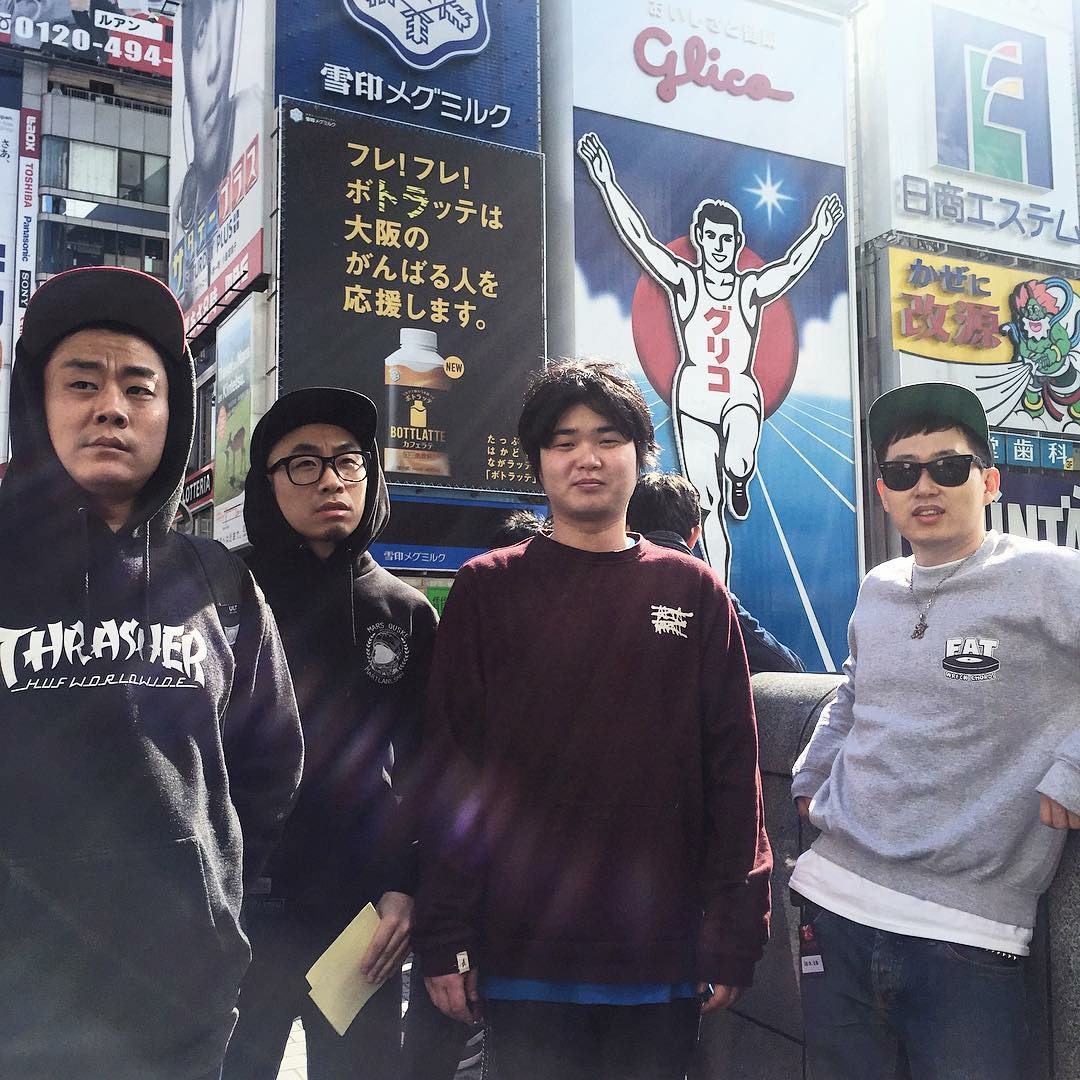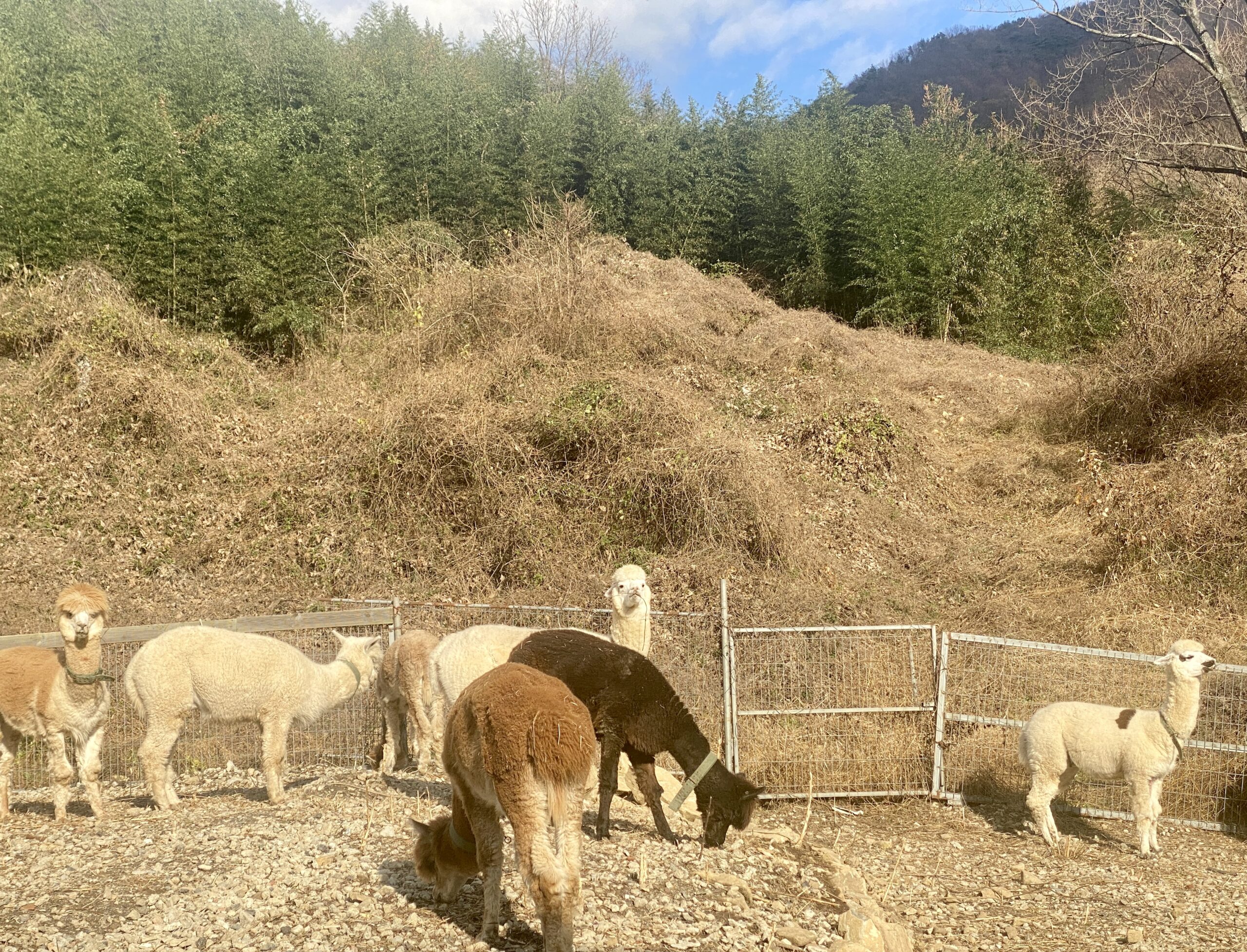Lee Ufan: His art, His approach
By Adam Hogue
The works of Lee Ufan (이우환) focus on the space between subjects. In his art the negative is not blank; it has power, tremendous power. It is the present, it is now and we are all in it, nowhere else. To look at a painting by Lee Ufan is essentially a meditation on the minimal. A brushstroke, a dot or an uninterrupted line becomes a process. One follows a logical progression of study: study of the subject in the painting, then a study on that tremendous empty space and then a study of the process (“What did he do?”). Before long the painting is more than just an image, it is as fluid as a thought and then you can move on.
Lee is somewhat of a household name in Korea. He is a very prominent and influential contemporary artist who has received worldwide acclaim. In the past he has shown his artwork in Paris and at the Guggenheim in New York.
For the past month and continuing until December 9, the works of Lee will be on display at the Gwangju Museum of Art. The Gwangju Museum of Art, though small, continually puts on well-researched and educational exhibits that seek to blend with the spirit of Gwangju as a city of democracy and a place for contemporary art in Korea.
This exhibit is no exception. Ha Jung-woong (하정웅) is a longtime friend of Lee and a firm believer in the ethic of “forfeiting what is private for the sake of what is public”. It is due to the generosity of Ha that the Gwangju Museum of Art is able to hold the Lee exhibition as he has donated 35 of Lee’s paintings to the museum.
In the 1960s, Ha and Lee were both living in Japan. As Ha describes it in his essay, An Art of Margins (written for the exhibition) he came across Lee’s artwork in the December 1980 issue of Mizue, a Japanese art magazine. He was so moved by the artwork that he called the publisher and bought all 500 remaining copies of the magazine to distribute for free to curators, artists and friends. One day he got a call from Lee asking if he could get just ten copies of the magazine as Mizue was out of stock. Ha sent him 20. Later, he met Lee and agreed to finance an exhibition for the artist in Paris if Lee let him collect his works. The two have been close friends and partners ever since.
Currently hanging in the third floor gallery of the Gwangju Museum of Art is a wonderful collection of paintings by the artist along with some magazine archives and a video documentary of the artist.
The artwork by Lee is more concerned with process than with the finished product. Sometimes Lee would stare at a canvass for hours deciding where to place a single brushstroke. While seemingly simple, his work displays a certain precision that becomes apparent only after really looking at the pieces. Something as simple as fading brushstrokes, as in the piece, From Line (1980), shows a particular attention to detail and continuity. Each single brushstroke fades at a certain rate; that means each brush had a particular amount of paint on it and Lee performed each stroke with an equal amount of force. As is with all of his works, what is seemingly simple holds intrinsically more than meets the eye, it just takes some meditating.
 Park Gye-yeon works with the Promotions Department at the Gwangju Museum of Art. In an interview about the exhibition, she said that the artwork of Lee often comes back to one idea, “myoung-sang” (명상), meditation. Lee would use a tremendous process of meditation to create the very simple, and like other contemporary artists of the 1970s and 1980s, he could find beauty in absence. Many of the works in the exhibit celebrate the empty space that consumes his subjects. As demonstrated in his ironically named Dialogue (2008) series, Lee lets one, large black brushstroke be completely engulfed by the spacious, white emptiness all around it.
Park Gye-yeon works with the Promotions Department at the Gwangju Museum of Art. In an interview about the exhibition, she said that the artwork of Lee often comes back to one idea, “myoung-sang” (명상), meditation. Lee would use a tremendous process of meditation to create the very simple, and like other contemporary artists of the 1970s and 1980s, he could find beauty in absence. Many of the works in the exhibit celebrate the empty space that consumes his subjects. As demonstrated in his ironically named Dialogue (2008) series, Lee lets one, large black brushstroke be completely engulfed by the spacious, white emptiness all around it.
The artwork is rooted in the simplicity and tranquility at the core of eastern philosophy. The “Who am I?” question at the center of Buddhism can easily be applied to the artwork of Lee. When viewing the works, the viewer is put in an introspective place. Lee seems to let his simple works provoke the larger question at the core of all being, “Who are we?” His works are a meditation on life itself and being stuck in the present, no matter where we are.
Check out the Lee exhibition being held at the Gwangju Museum of Art at Jungoe Park. The exhibition is a great way to spend a Saturday or Sunday afternoon. It is open until December 9th.




